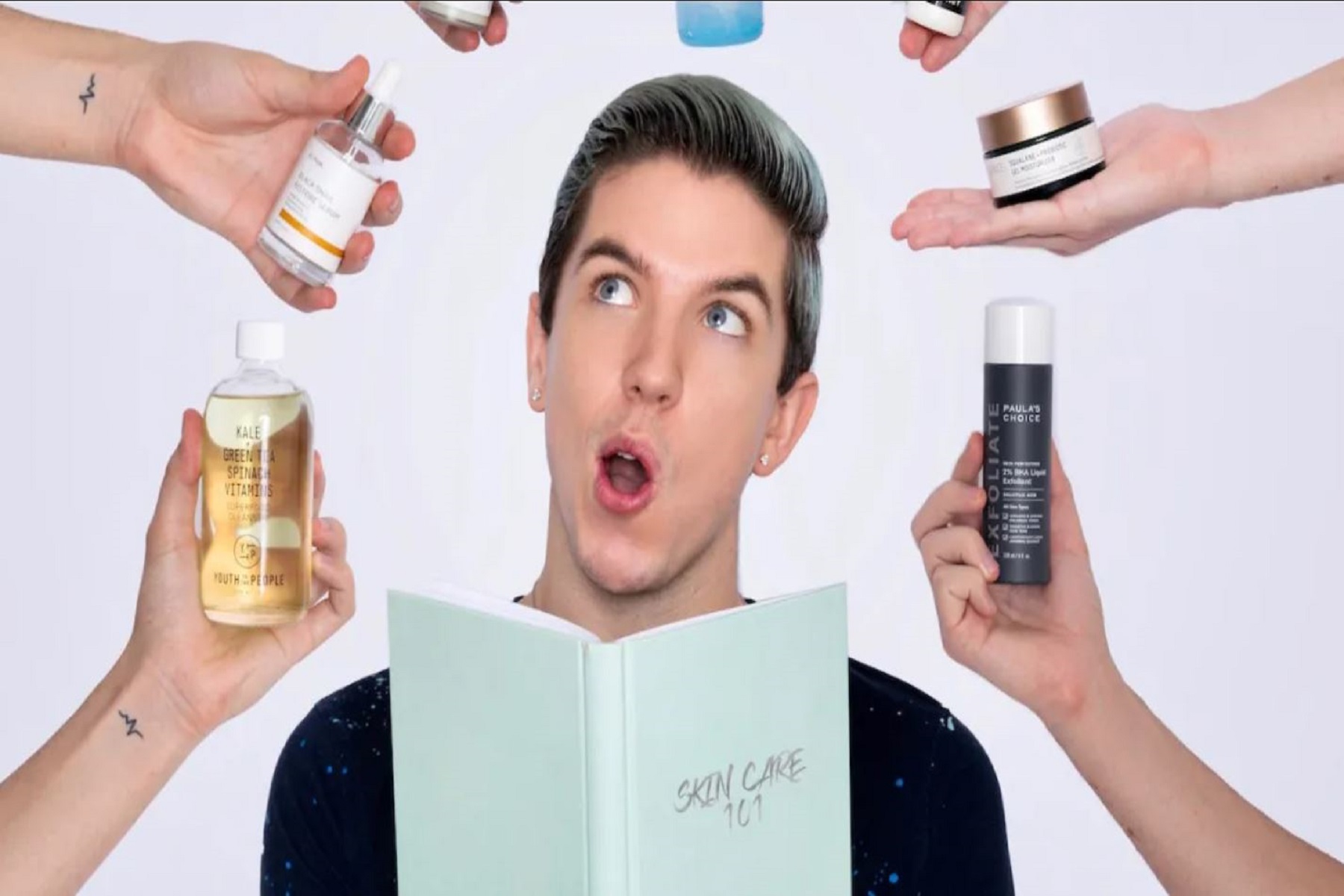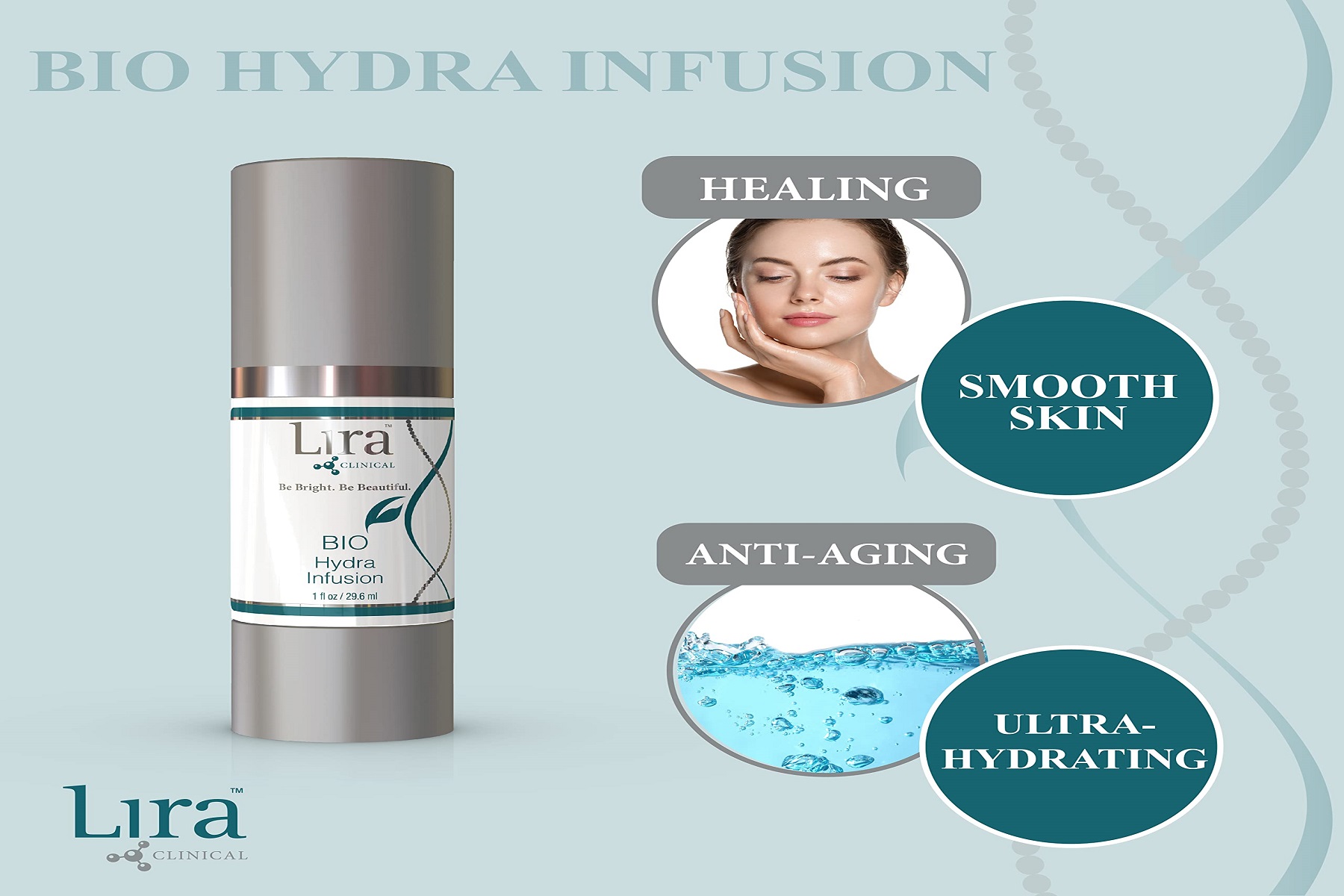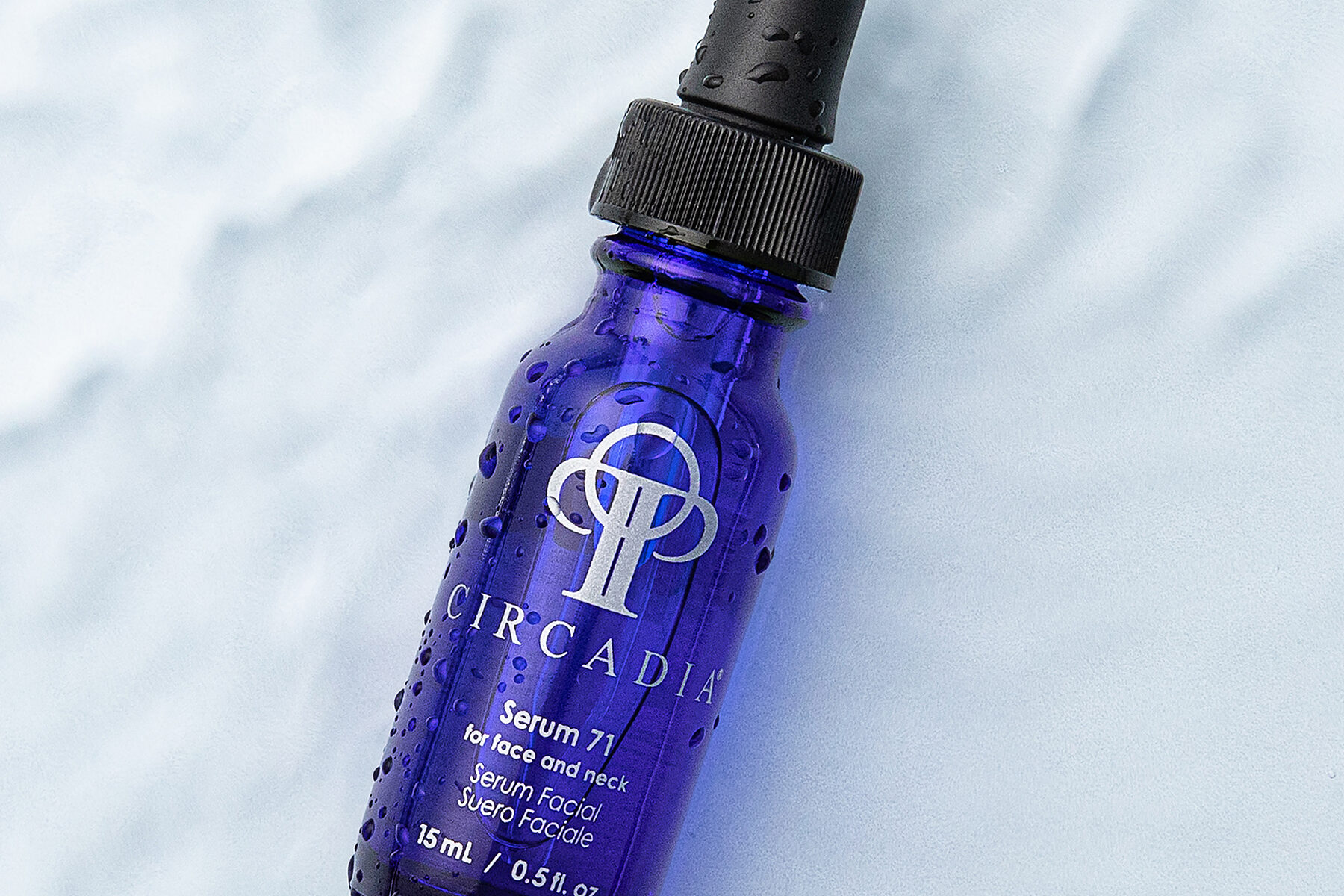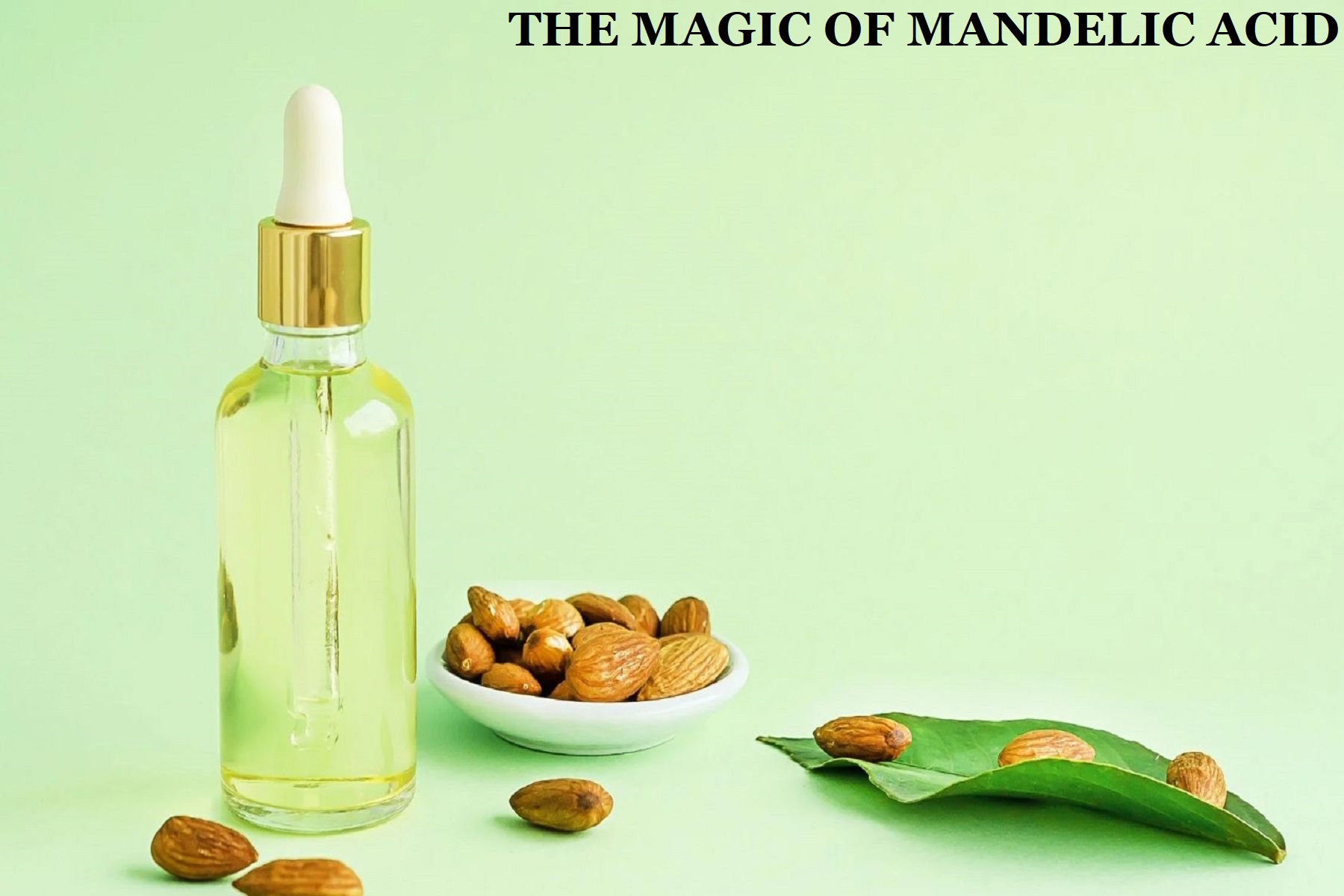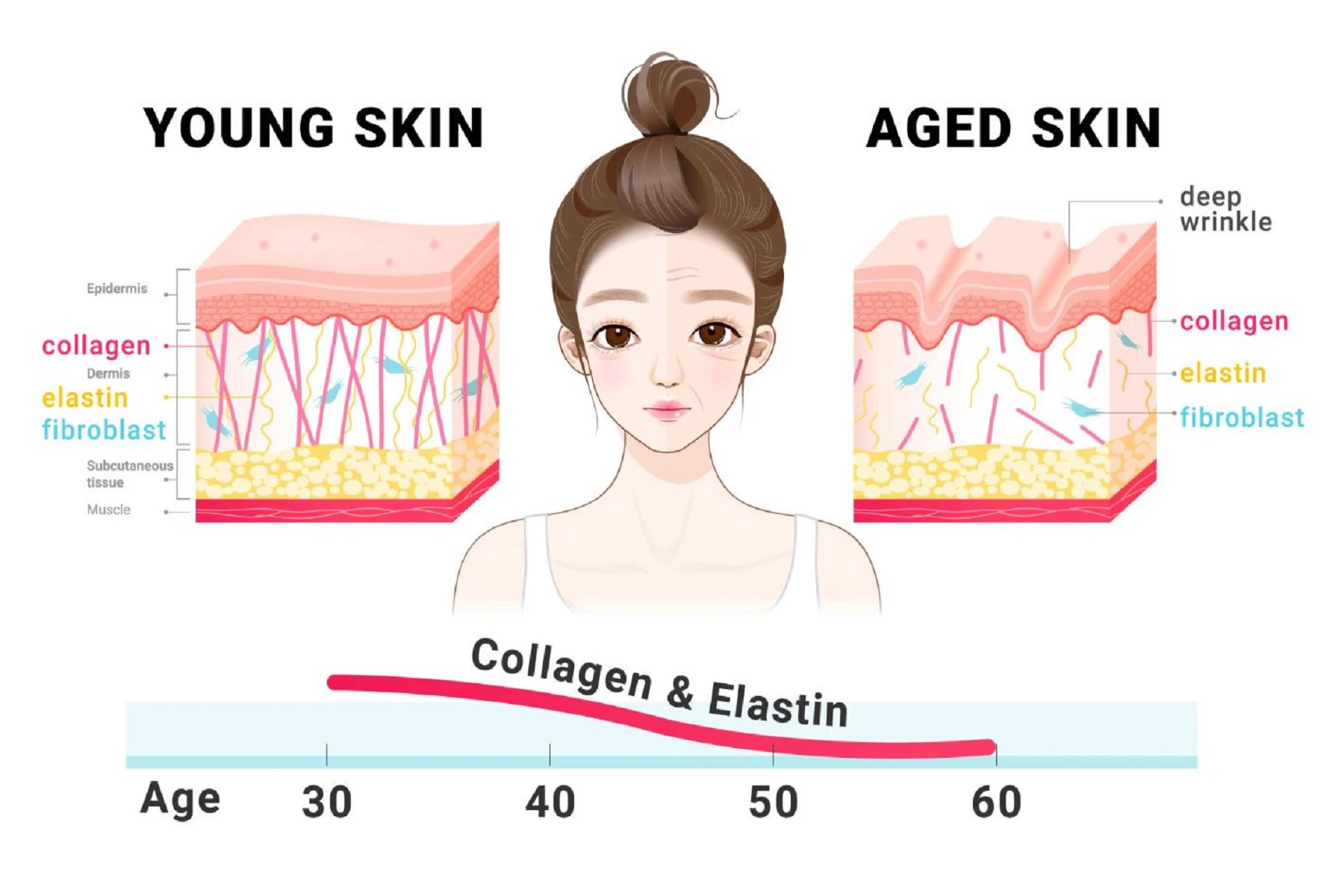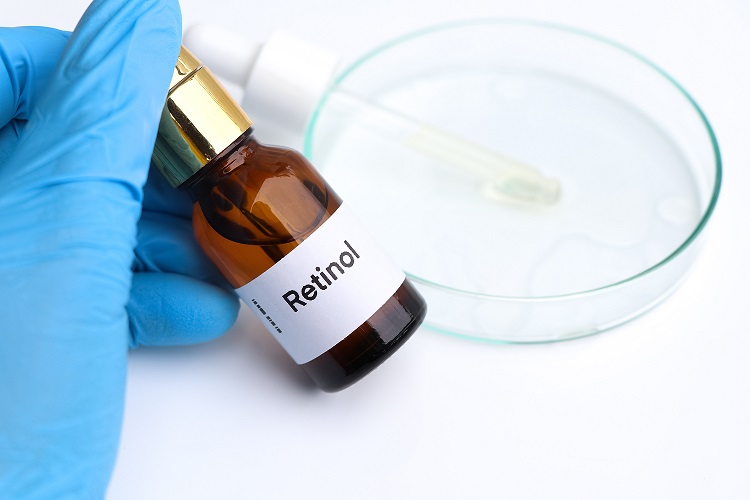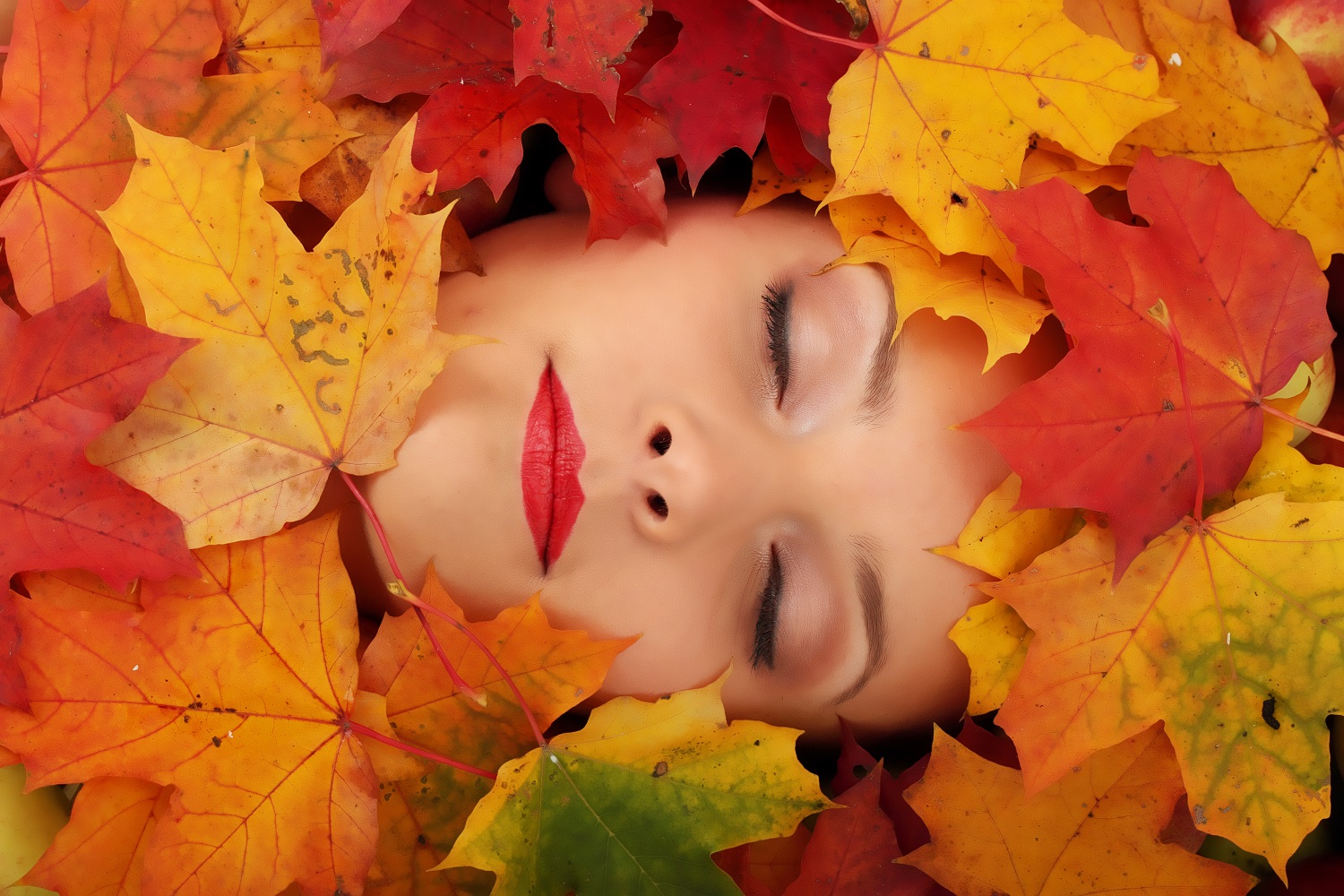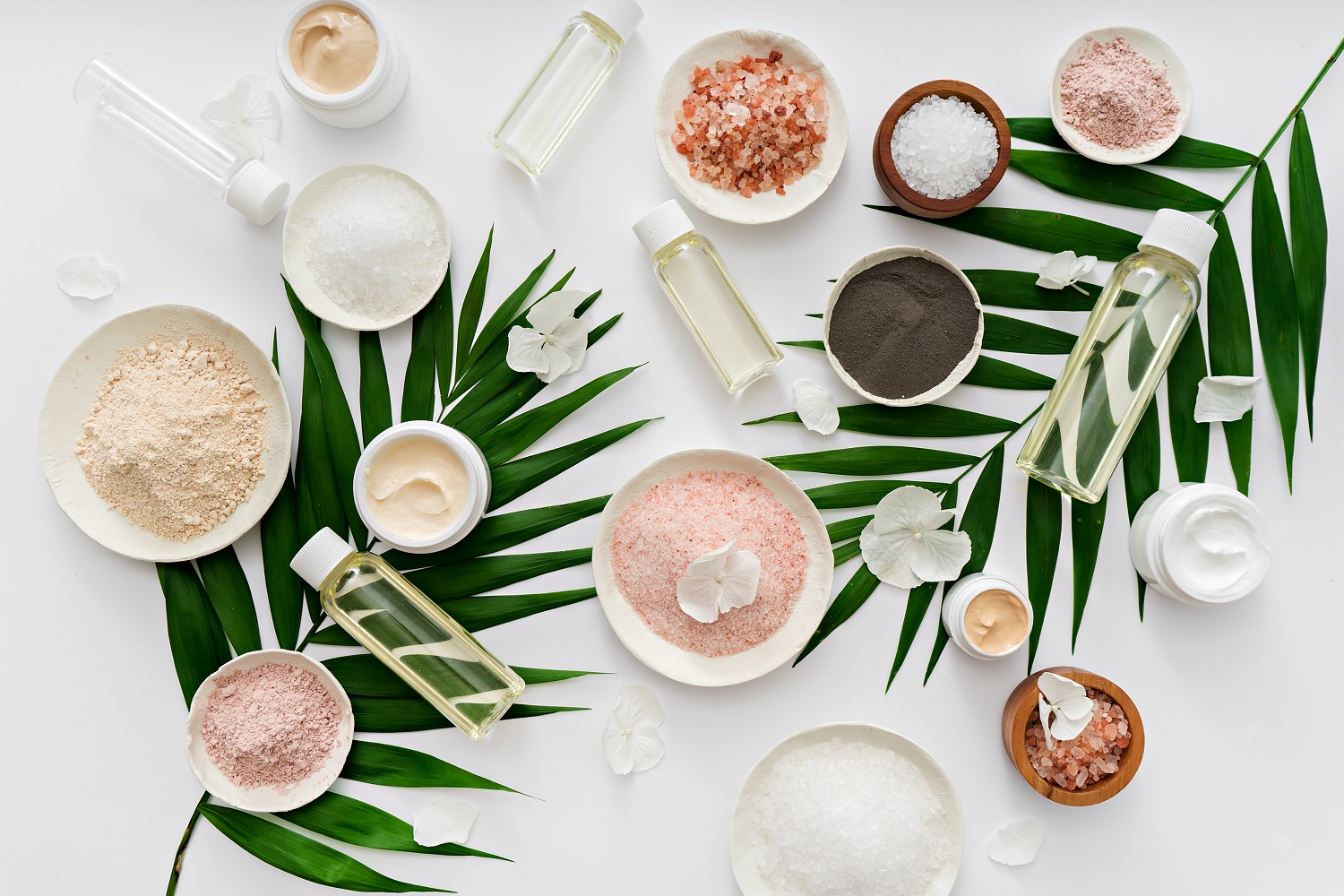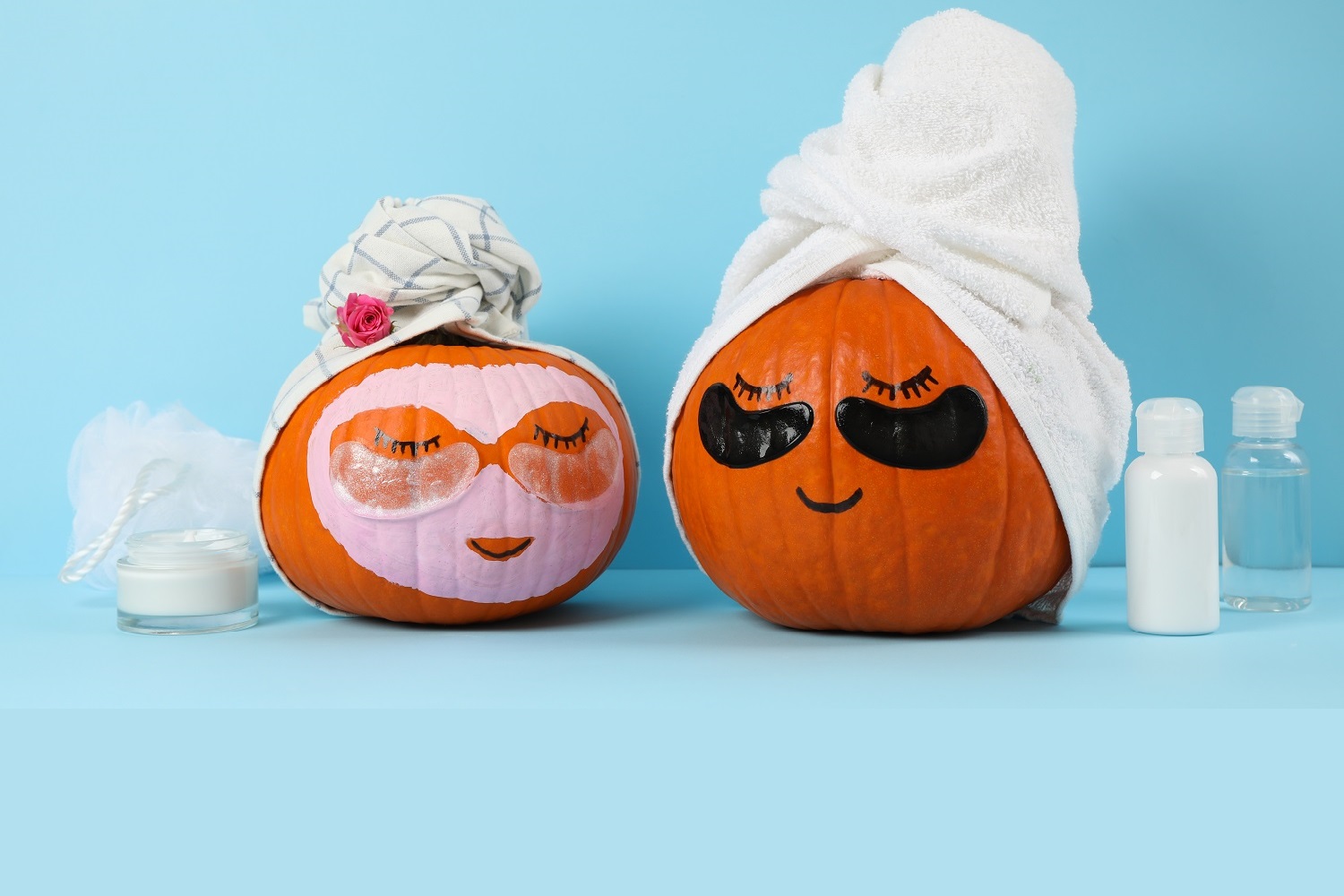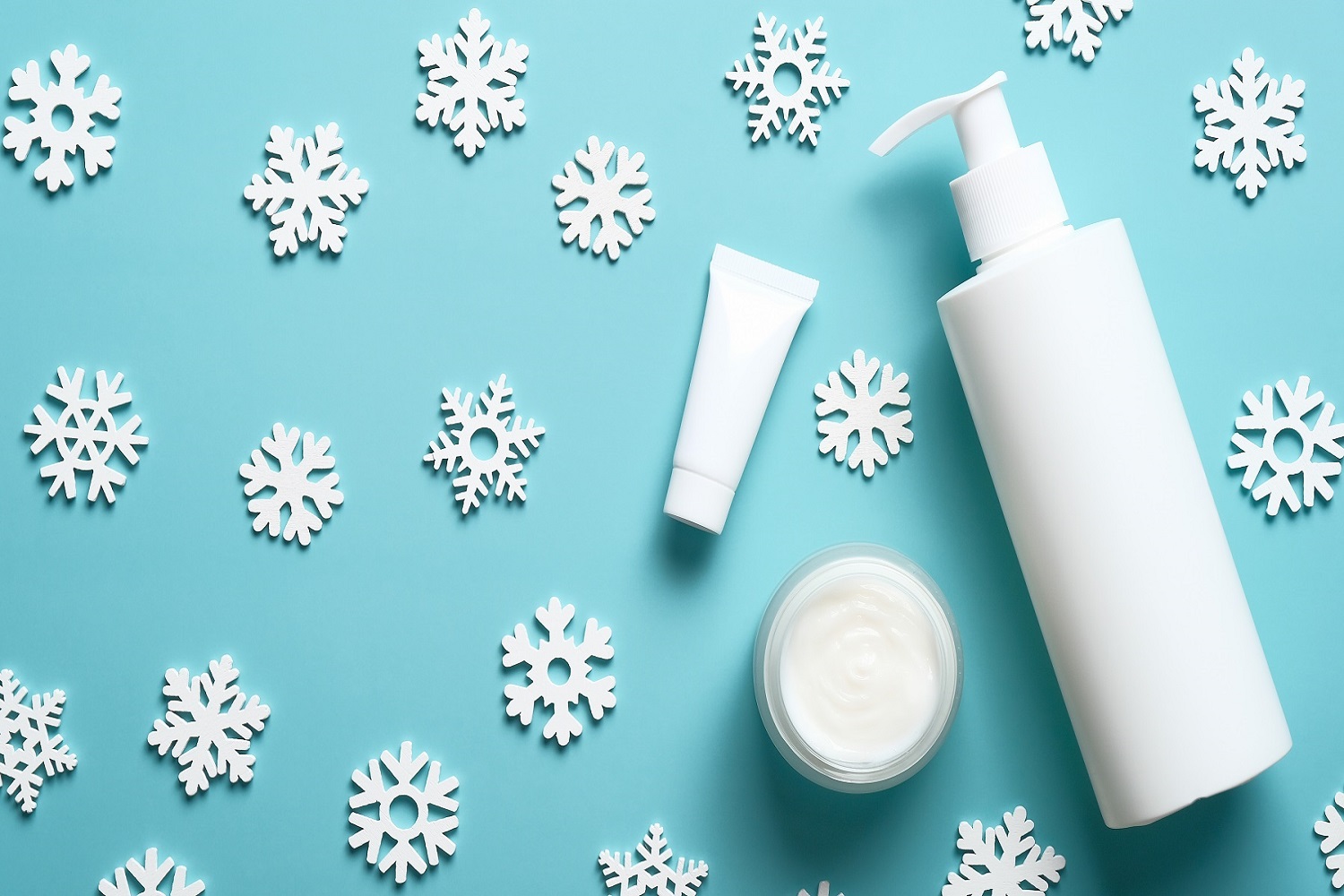Are you struggling to keep your skin healthy and smooth during the cold winter months? We feel you.
Winter comes with many skin care problems. Not only does the cold, dry air affect your skin but all the things you do to stay warm, such as taking hot showers, turning the heater on, using multiple bed coverings and wearing multiple layers of clothing. All these factors can cause skin to dry out and trigger pre-existing skin conditions, making it seem impossible to achieve smooth, radiant skin in the winter.
But it is possible! For every skin problem, there is a solution. Once you know how to treat common winter skin conditions, you can enjoy healthier, younger-looking skin all season long.
1- DEHYDRATED SKIN
One of the most common skin challenges we face in the wintertime is dehydration. Skin cells are made up of water and need that moisture to function properly to keep your skin healthy.
Cold winter air and indoor heating remove moisture from your skin and causes it to become dehydrated.
Dehydrated skin is not the same as dry skin, which comes from a lack of natural oils (more on this later). Dehydration comes from not having enough moisture in your skin. Even oily skin can become dehydrated.
SIGNS YOUR SKIN IS DEHYDRATED:
- Dull complexion
- Fine lines and wrinkles are more visible
- Dark circles under the eyes
- Sunken eyes
Thankfully, you don’t have to live with dehydrated skin in the winter. You can take steps to rehydrate your skin, so it stays smooth, firm, and plump.
HOW TO TREAT DEHYDRATED SKIN:
- Use skincare products that contain humectants, which catch moisture from the air and saturate it through the skin, helping it absorb and retain water. Aloe vera and hyaluronic acid are excellent humectants.
- Exfoliate your skin. Removing dead skin cells allows humectants to sink deep into your skin so it stays hydrated. If your skin is hypersensitive in the winter, consider using a gentler exfoliant.
- Add a hydrating masque to your daily skincare routine.
2- DRY SKIN
You’ve probably noticed your skin in the winter becomes drier. That’s because cold air and indoor heating zap moisture from your skin faster than your body can produce serum (oil) to keep that moisture from escaping. Hot water also strips your skin of natural oils, causing your skin to dry out.
Your hands and feet are especially prone to dryness because they have thinner skin and fewer oil glands.
If you have a dry skin type, your body already produces less serum, making wintertime a nightmare for your skin.
SYMPTOMS OF DRY SKIN:
- Flaky
- Rough
- Cracked
- Scaly
- Dull
- Itchy
- Reddened
Dry skin can be uncomfortable — even painful — and lead to more serious skin conditions, such as winter rash.
HOW TO TREAT & PREVENT DRY SKIN:
- Moisturize! Keep moisturizer with you wherever you go and reapply it as needed
- Use lukewarm water for showers, baths, etc.
- Use gentle soaps and cleansers
- Wear rubber gloves when washing the dishes
- Apply moisturizer within five minutes after taking a shower and washing your hands
- Wear cotton instead of wool since rough fabrics can irritate the skin
- Avoid wearing wet gloves or shoes outside
CHOOSING THE BEST MOISTURIZER
Oil-based moisturizers will lock in more moisture than water-based moisturizers and give you an extra layer of protection against the cold, winter air.
The best moisturizers have natural oils, such as fruit extracts (e.g., Vitamin C), shea butter, and cocoa butter. Hyaluronic acid and alpha-hydroxy acids (AHAs) are also excellent ingredients to look for as they will help attract and bind water to the skin.
Make sure to use non-comedogenic skincare that won’t clog your pores.
3- WINDBURN
If you’re a winter sports enthusiast, this one’s for you!
Strong cold winds coupled with UV rays (no, they don’t hibernate in the winter) can give you a windburn. Much like a sunburn, windburn causes redness, irritation, and a burning sensation. The stronger and colder the wind, the more you’re at risk of getting windburns.
Playing winter sports can lead to windburns because of how fast you travel through the cold air and because UV rays are more intense at high altitudes. UV rays also reflect off snow.
Fortunately, you don’t have to give up winter sports to avoid windburns; you just need good quality SPF skincare.
If you do get windburn, sooth your skin with aloe vera gel or another moisturizer. You can even put cooked oatmeal (at room temperature) or a slice of cucumber on your burns to relieve the pain. Keep the affected area away from hot water or any source of heat. Also, take a break from hot showers for a few days or until the burning subsides.
4- ROSACEA
Rosacea is a chronic skin condition where the face reddens or “flushes” for abnormal amounts of time. While rosacea can develop any time during the year, cold winter air, as well as drinking hot beverages and taking hot showers, can trigger rosacea symptoms.
If you have rosacea, you’re not alone; about 16 million people in the U.S. have this condition, according to the American Academy of Dermatology Association.
You can keep your rosacea from flaring up this winter with these tips:
- Apply moisturizer consistently
- Don’t turn the heater up too high
- Let hot beverages cool down before drinking
- Use a humidifier at home
- Take lukewarm showers
- Drink plenty of water
- Use a scarf or face covering outside
- Wear sunscreen
For home care, avoid using harsh peels, masks and alcohol-based toners or astringents, all of which can strip vital oil from your skin.
5- ECZEMA
Eczema, or atopic dermatitis, is a skin condition where the skin becomes red, irritated, bumpy and itchy. Dramatic changes in temperature and lack of moisture can cause eczema flare-ups during the winter, especially moving back and forth between cold weather and indoor heating.
To prevent eczema flares, moisturize your skin regularly, use lukewarm water and keep your indoor heating at a moderate temperature. When you bundle up, wear soft cotton fabrics instead of wool or denim, which can irritate your skin.
Also, avoid skin irritants found in cosmetics, household cleaners, laundry detergents and perfumed soaps. Wear rubber gloves while cleaning or better yet, buy products made with natural ingredients.
5- PSORIASIS
Psoriasis is a skin disorder that causes skin cells to multiply up to 10 times faster than normal, according to WebMD. This creates red, bumpy, scaly patches to form on the skin, usually on the scalp, elbows, knees and lower back.
The lack of sunlight and low humidity during the winter can increase psoriasis symptoms. Stress also triggers flare-ups of psoriasis, and nothing spells stress like driving in a snowstorm, clearing snow off your driveway or getting sick with the flu.
If you have psoriasis, you can keep it from flaring up this winter by moisturizing and using a humidifier in your home. Set your thermostat to a moderate temperature and take lukewarm showers. Wear layers you can easily remove to keep from getting too hot or sweating as sweat makes psoriasis worse.
You can also manage your stress levels with yoga or meditation exercises.

